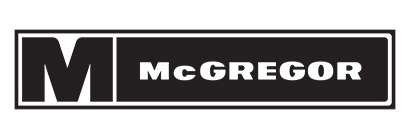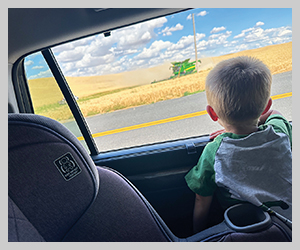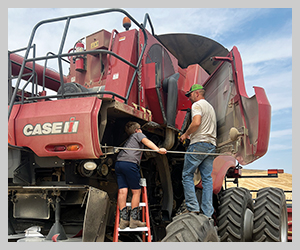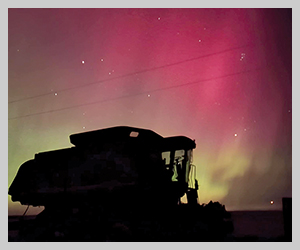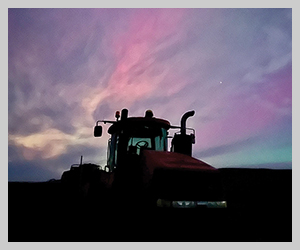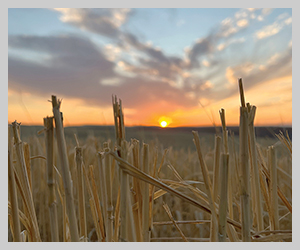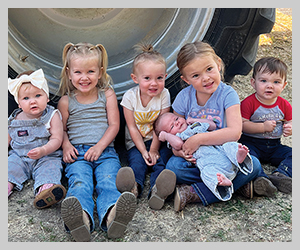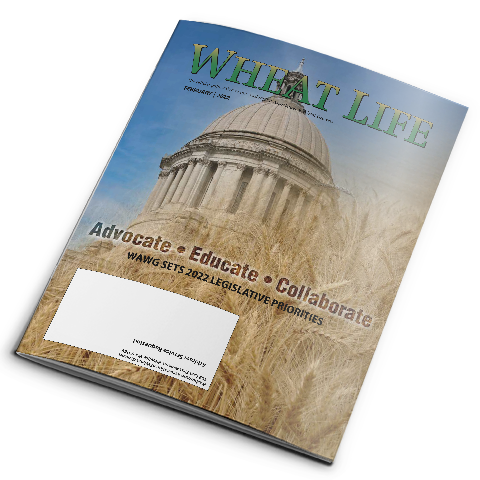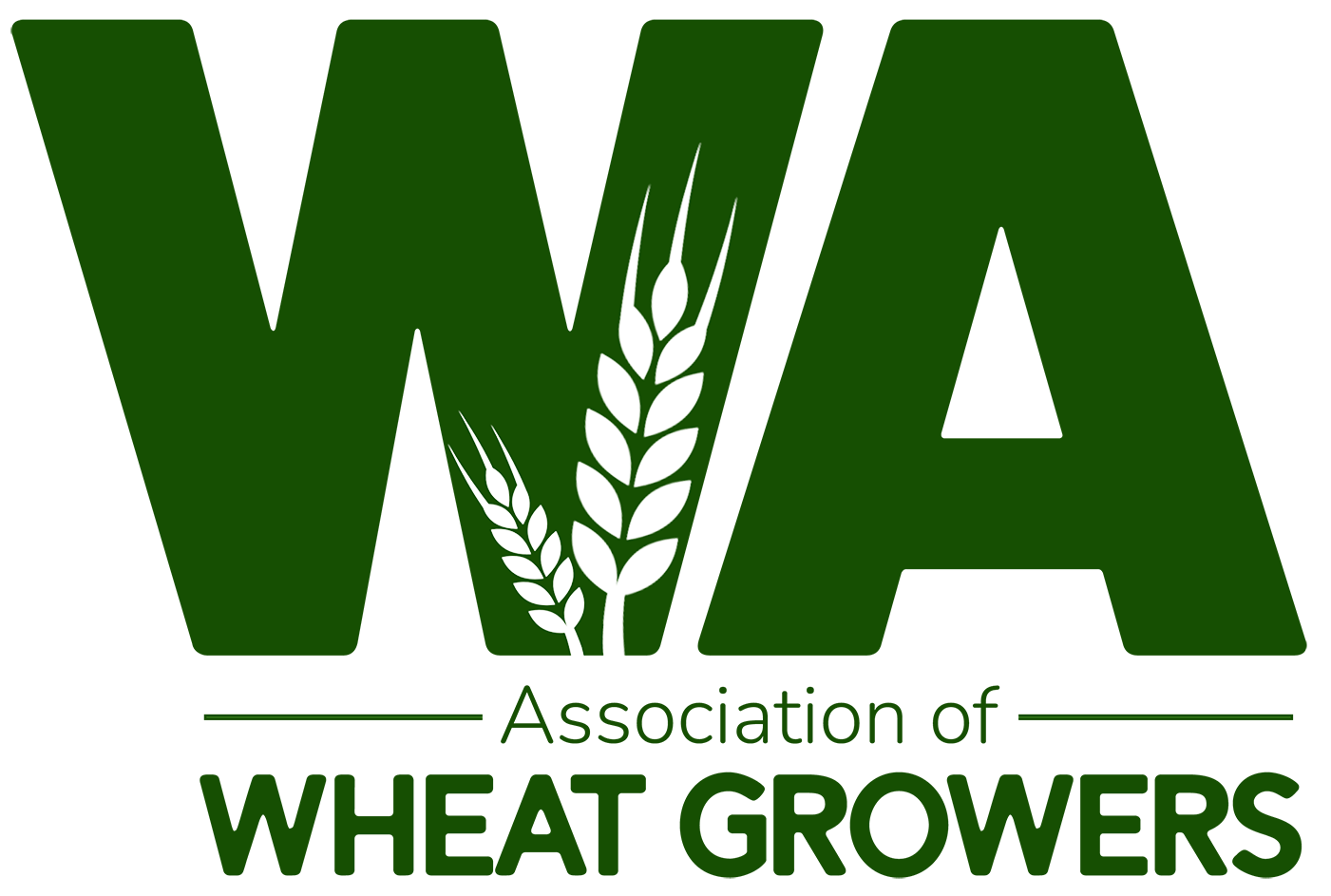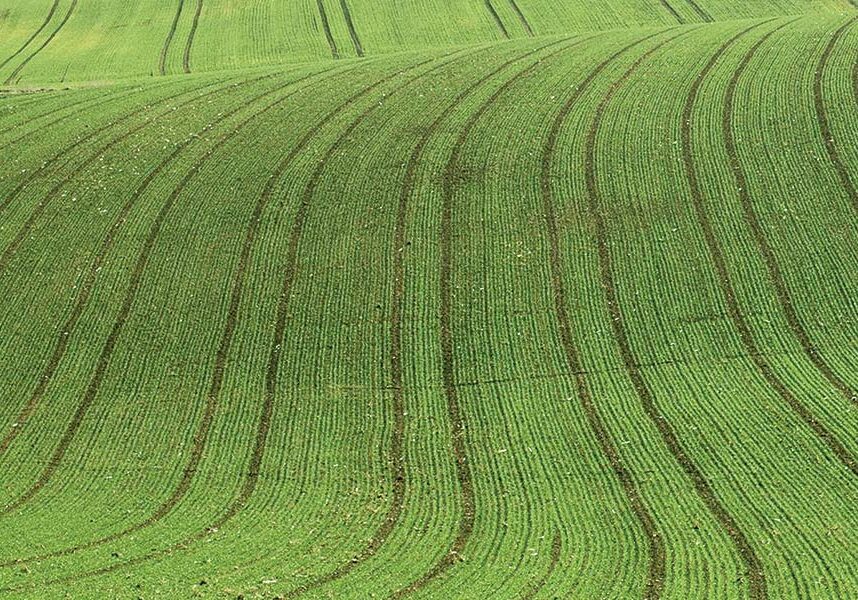
To date, most carbon market programs are based on Midwest data and target Midwest growers and growing conditions, but there are a couple open to Pacific Northwest growers.
(Please note, the Washington Association of Wheat Growers (and Wheat Life) does not promote or recommend any program over another and presents this information to help keep our growers informed. Growers are urged to do their own investigation to see if any of these programs are right for them).
Nutrien Ag Solutions
One of the companies offering Pacific Northwest wheat growers an entry into carbon markets is Nutrien Ag Solutions through their Sustainable Nitrogen Outcomes program, which incentivizes growers to reduce their nitrogen application rate.
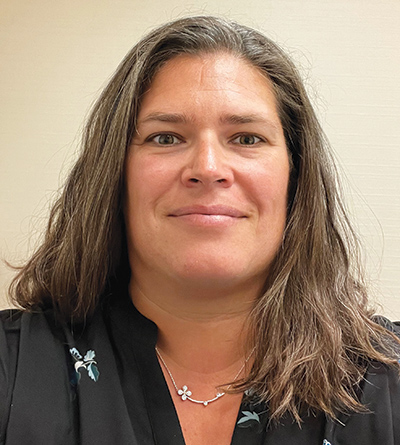
Dr. Sally Flis, director, Sustainability Program Design and Outcome Management for Nutrien Ag Solution’s North American Sustainable Agriculture programs, said because of the way the carbon reporting works for retailers, including fertilizer manufacturers, they have to take into account nitrous oxide emissions from nitrogen fertilizers used as part of the growing process.
“Nitrous oxide emissions from fertilizer use in the field are one of the biggest portions of all greenhouse gas emissions associated with the production of food,” she explained. “What this protocol does, is it looks at combining improved nitrogen application, asking growers to reduce nitrogen rate and using a nitrification inhibitor product or a slow control release fertilizer. The minimum rate we are asking growers to reduce by, in order to meet the protocol requirements, is 5%.”
Growers will be able to pick a combination of practices that work for them; the more practices they choose, the bigger the payment they could qualify for.
“So, if they just want to make a bigger rate reduction and not use one of those products, they can do that, or if they want to make a bigger rate reduction and use one of those products, they can do that. It gives the grower a little more freedom in working with their crop consultant to decide what the best approach is for them to get to that emission reduction,” Flis said.
Nutrien will work to get the carbon credits verified by a third party and then potentially sell them downstream or to other partners. Currently, growers are paid $25 per ton of carbon equivalent that is calculated based on the nitrogen management practices implemented in the field. If the company is able to sell the carbon credit for more, the grower will get the additional credit. Growers don’t have to be a Nutrien customer to take part in the program, but they do have to have an account with a branch location, because growers will be paid as a credit to an account.
The Sustainable Nitrogen Outcomes program is in its second year. The company started with a pilot program where it looked at different carbon practices, including nitrogen management, cover crops and no-till, to start learning about the process. One of the things they learned was that both the company and growers weren’t comfortable with contracts that span multiple years, or even decades — Nutrien’s contracts are only a year long.
Growers interested in participating in the Sustainable Nitrogen Outcomes program need to be aware of the reporting requirements — growers will need to report on everything that happens on enrolled fields all year long. As Flis said, the data lift is one of the biggest challenges, and without the data, growers don’t get paid. For Nutrien, which is funding the program themselves, the value of the program is in their environmental, social and governance reporting and investor relations, which is heavy on sustainability.
“There’s such a nice, whole, end-to-end story for wheat production to tell as we get some of our lower emission nitrogen fertilizer products into the field. From the manufacturing side, they have a lower emission, and then we tie that to better nitrogen management by the growers we are working with. It’s a win-win for both our customers and our company,” Flis explained.
For more information, growers can visit Nutrien’s website at info.nutrienagsolutions.com/sno, or call West Region Senior Manager Carson Britz at (805) 888-1383.
Nori
Nori is a Seattle-based startup that was founded in 2017, with its first batch of carbon credits, called Nori Removal Tonnes or NRTs, sold in 2019. According to their website, to date, they’ve paid $1.8 million to farmers, mostly in the Midwest and mid-Atlantic region. One critical difference to other carbon market programs is Nori rewards early-ish adopters — growers who have made a qualified practice change in the last 10 years are eligible.
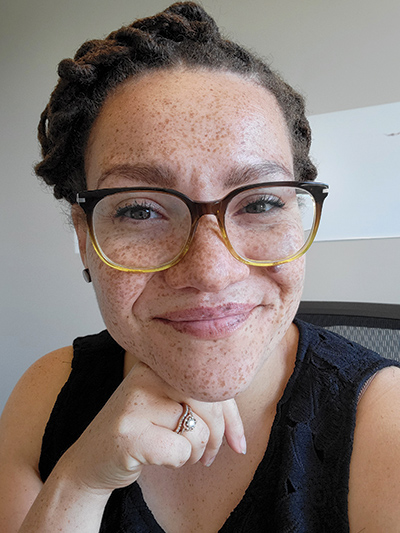
“We are different from other carbon programs in that we look back instead of programs that require you make a change today,” said Jada Dormaier, a supply account manager for Nori. “If you’ve made a change in the last 10 years, we can pay four years of vintage credits, from 2019-2022. In a lot of the other programs, you would just get a payment for new practices.”
Nori uses a modeling tool based on management practice and soil type to predict how much carbon will be sequestered. Some of their approved practices include a reduction in tillage, adding manure or compost, cover cropping, diversifying crop rotations, and creating a longer growing season.
“So, if a farmer is growing spring wheat, then moved to winter wheat, that would also qualify,” Dormaier explained.
Nori’s contracts are 10 years, and farmers are paid $20 per carbon credit (or NRT) as soon as the company sells the credit. Nori is also a blockchain company, so the credits are paid in a cryptocurrency, U.S. dollar coin (USDC), that is tethered to the U.S. dollar. Growers have to have a cryptowallet and can transfer the crypocurrency into their bank account immediately, once the NRTs are sold.
Like most carbon market programs, data is a big component of Nori’s program. Growers will be expected to provide detailed planting and input data from 2000 to present. Nori will run the data through their modeling tool and make a projection out to 2030 on how much carbon is likely to be sequestered. If the grower wants to proceed, the next step is verification, which is a desk audit done by an independent third party. Growers are required to pay for the verification, which can cost from $3,000 to $5,000, depending on how complicated the grower’s situation is and how much of their land is leased. The contract is reverified every three years, again at the grower’s expense, although Dormaier said the reverification process is quicker and cheaper as they only need to verify the past three years.
“The contract is a 10-year commitment to keep the carbon in the ground, basically to keep the same practices,” she said. There’s no acre limitation, but in order to break even, Dormaier estimated a typical grower needed to enroll about 500 acres.
Dormaier said their ideal Washington wheat farmer would be one with about 1,000 acres that had started no-tilling or adding crop diversity in the last 10 years. She was confident that wheat farmers, especially ones based in the Palouse, could fit into Nori’s program.
“We don’t have to have the same priorities. NORI can be promoting the reversal of climate change, and farmers, because they are doing these practices, they can still benefit from it even if that’s not their top goal,” she said. “They are getting soil health and different benefits from this, and it can create a different income stream. With costs going up — input costs are crazy — there’s a demand for carbon, and they have carbon to sell.”
For information, growers can email hello@nori.com or visit Nori’s website at nori.com.


